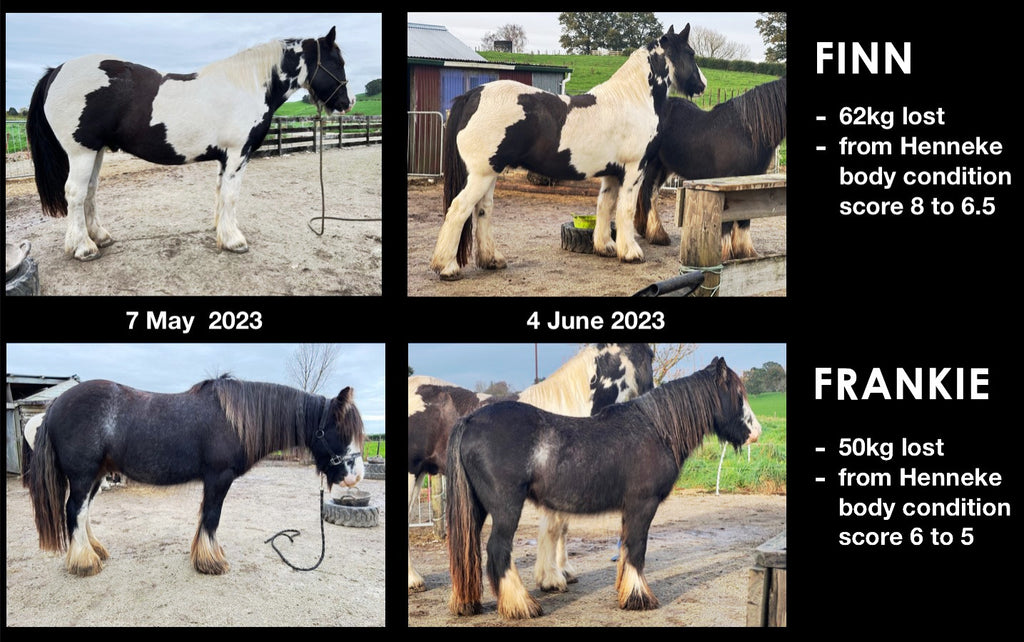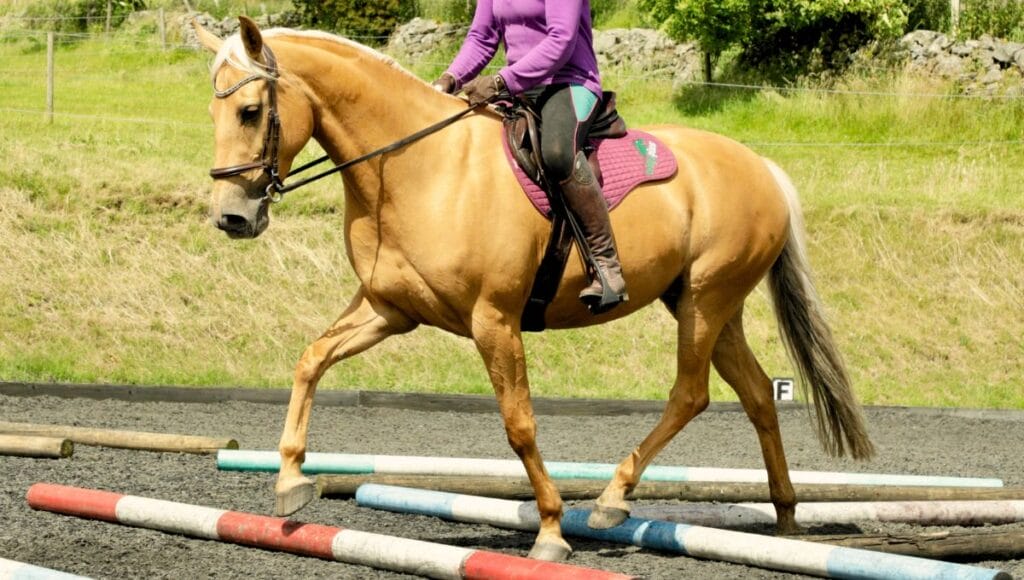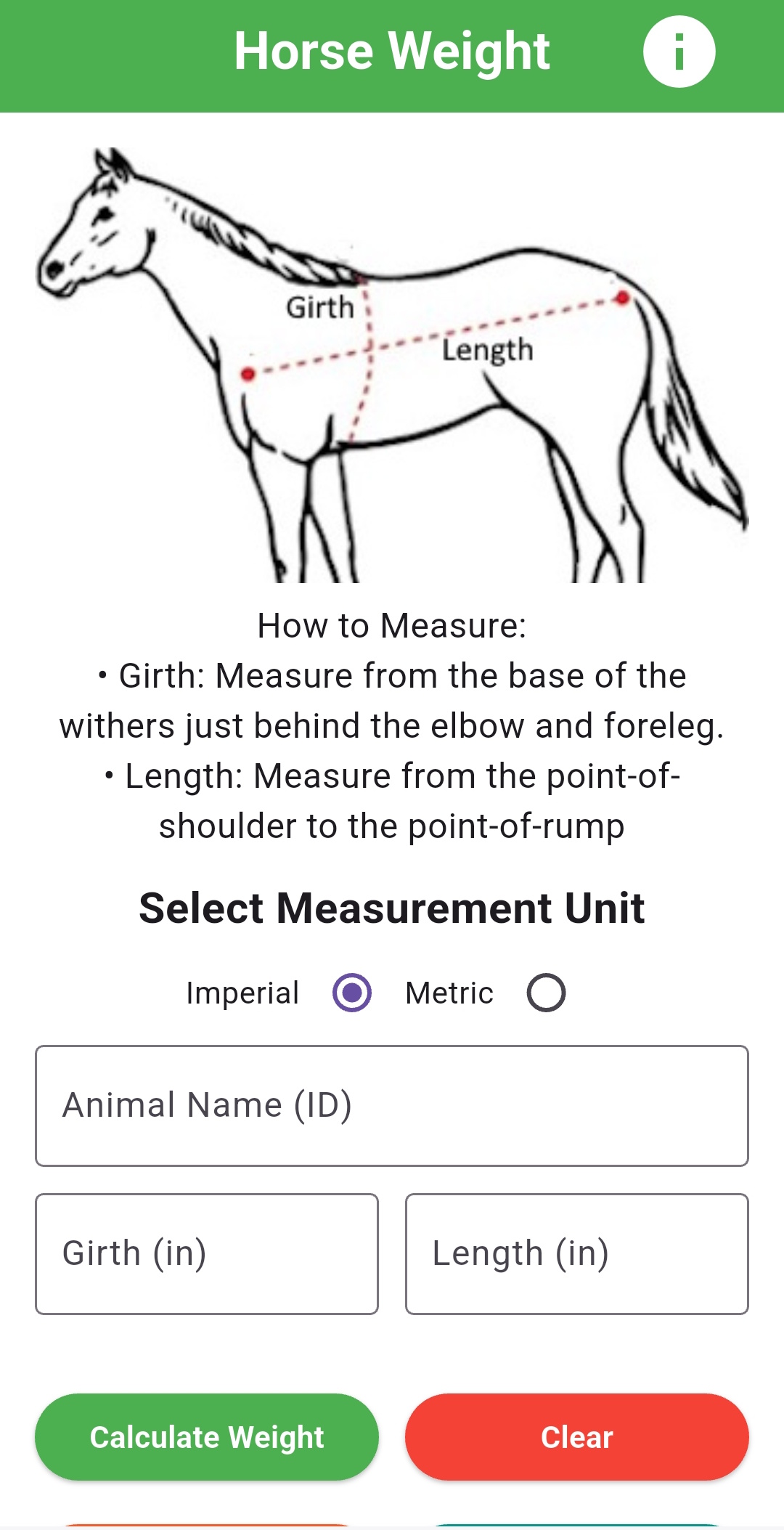How to Maintain a Horse’s Ideal Weight

Maintaining a horse’s ideal weight is crucial for its overall health, performance, and longevity. Proper weight management helps prevent common equine health issues such as laminitis, metabolic disorders, and joint stress. This article will guide you through understanding, assessing, and managing your horse’s weight effectively.
Understanding Ideal Weight for Horses

Ideal weight varies depending on the horse’s breed, age, height, and body condition. Unlike humans, horses don’t have a universal BMI, so owners rely on body condition scoring (BCS) and weight tapes to estimate their horse’s health status.
Body Condition Scoring (BCS)

- A scale from 1 to 9, where 1 is emaciated and 9 is obese.
- Scores between 4 and 6 are generally considered ideal.
- Key areas to assess include ribs, neck, withers, and tailhead.
Weight Measurement Tools
- Weight tapes: Measure the girth circumference to estimate weight.
- Scales: More accurate but less accessible.
Factors Affecting a Horse’s Weight
Several factors influence a horse’s weight, including:
- Diet: Quality and quantity of feed, including forage and concentrates.
- Exercise: Regular physical activity helps maintain muscle tone and burn excess calories.
- Health Status: Illness or metabolic conditions can cause weight fluctuations.
- Age and Breed: Some breeds are naturally stockier; older horses may lose muscle mass.
How to Maintain Ideal Weight
Nutrition Management
- Provide balanced forage (hay or pasture) as the diet’s foundation.
- Supplement with grains or concentrates only if necessary.
- Monitor calorie intake to avoid overfeeding.
Exercise Routine
- Implement a consistent exercise schedule tailored to your horse’s fitness level.
- Include activities like riding, lunging, or turnout in a pasture.
Regular Monitoring
- Weigh your horse monthly using a weight tape or scale.
- Perform BCS assessments regularly.
- Keep a log to track changes and adjust care accordingly.
Sample Table: Body Condition Score Guide
| BCS Score | Description | Visual Indicators |
|---|---|---|
| 1 | Emaciated | Ribs, spine, and bones visible |
| 4-6 | Ideal | Ribs palpable but not visible |
| 9 | Obese | Fat deposits around neck and tailhead |
Frequently Asked Questions (FAQ)
Q1: How often should I weigh my horse?
A: Monthly weighing is recommended to monitor trends and catch weight issues early.
Q2: Can I use human scales to weigh my horse?
A: No, human scales are not suitable. Use a livestock scale or weight tape.
Q3: What are signs my horse is overweight?
A: Difficulty feeling ribs, fat deposits around the neck, and a cresty neck are common signs.
Q4: How can I help an underweight horse gain weight?
A: Increase calorie intake with nutrient-dense feeds and ensure the horse is free from health issues.
Maintaining your horse’s ideal weight requires a combination of proper nutrition, regular exercise, and consistent monitoring. By understanding the factors involved and using the right tools, you can ensure your horse stays healthy and happy for years to come.
